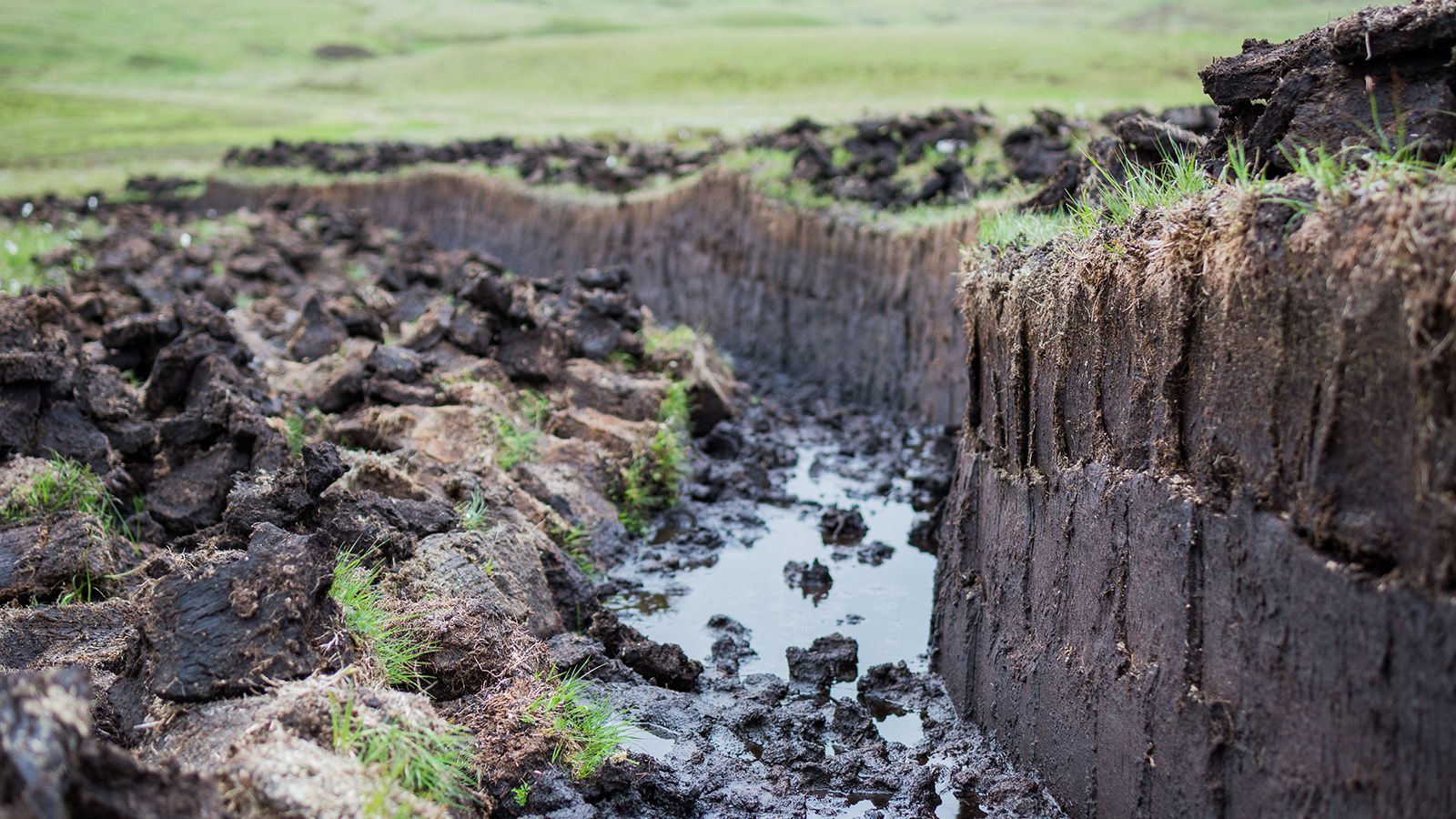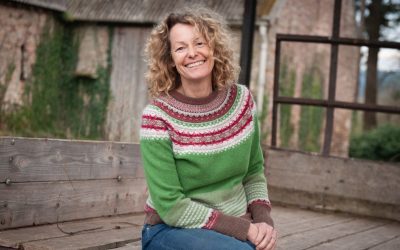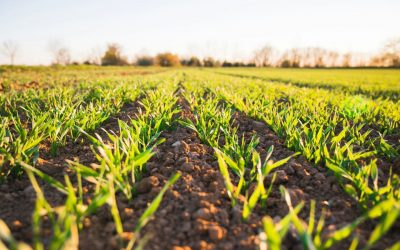Scotland is synonymous with a number of things including its incredible scenery, whisky and the ancient tradition of crofting: all of which have peat in common.
Although peat is present throughout the world, it has a particular cultural heritage in Scotland and is an important component in mitigating climate change and biodiversity loss, through its ability to sequester carbon.
In Scotland, 96% of peat removal which takes place is for horticulture with 3% used as fuel and 1% for Scotch whisky. This extraction leads to a loss of biodiversity and carbon storage losses. Recognising the challenges, in a presentation to the Peat Pavillion at COP 26, Mairi McAllan, Scottish Minister for Environment and Land Reform, set out government’s three-point strategy to create the conditions for healthy and resilient Scottish peatlands:
- Protecting peatlands from negative impacts – including banning the sale of peat related gardening products in Scotland
- Sustainably manage peatlands – including introducing a ban on burning on peatlands (except in very limited circumstances)
- Restore and reverse as much damage as possible – including increasing the scale and rate of its existing restoration programme by committing £250m to support the regeneration of 250,000 hectares by 2030.
She noted that there, however, continued to be gaps in the evidence base and highlighted initiatives to physically map the peatlands which would most positively impact carbon storage and whether different peatlands offered different levels of carbon capture. In addition, she noted the need to effectively monitor long-term impact, all whilst sensitively managing the relationship with local people who have used peat in crofting for hundreds of years.
The Peatland Action Programme, which has been in operation since 2012, provides support and advice to land managers on peatland restoration best practice through its online resources and face-to-face support to demonstrate that investing in nature-based climate solutions can also be a viable business model. In addition, its grant fund provides financial support for restoration projects across Scotland.
Although significant financial investment is being made by the Scottish government, whisky businesses in Scotland are also stepping in to support the restoration of peatlands with a £3m investment in 1,300 hectares by one collaboration. The expectation is that by protecting, investing in, and restoring peatlands there will be huge rewards: for the local community through green job creation in rural communities and improved diverse habitats, alongside the international benefits of carbon storage.
Scottish peat will be an important part of our tours at the World Congress of Soil Science 2022. The tours to Stirling and the Isle of Arran will include visits to peatland sites/peatland restoration sites such as Flanders Moss, noted as one of the most extensive intact raised bog sites in Europe, with experts such as Dr Paul Adderley (University of Stirling), Dr Patricia Bruneau (NatureScot), and Richard Hewison (James Hutton Institute). More details on the tours available can be found on the WCSS22 website here.
We will also be hosting a Zoom into Soil webinar on the topic of Scottish Peat which will take place on Wednesday 2 February 2022. Please keep an eye out on our website for further details of the speakers and how to attend.
If you would like to find out more about peat, you can review these recent articles in the European Journal of Soil Science and Soil Use and Management:
- Jeanette Whitaker, Harriett R. Richardson, Nicholas J. Ostle, Alona Armstrong, Susan Waldron (2020) Plant functional type indirectly affects peatland carbon fluxes and their sensitivity to environmental change. European Journal of Soil Science. 72:2
- Valeria Mazzola, Mike P. Perks, Jo Smith, Jagadeesh Yeluripati, Georgios Xenakis (2020) Seasonal patterns of greenhouse gas emissions from a forest-to-bog restored site in northern Scotland: Influence of microtopography and vegetation on carbon dioxide and methane dynamics. European Journal of Soil Science. 72:3
- Andrew Finlayson, Ben P. Marchant, Katie Whitbread, Leanne Hughes, Hugh F. Barron (2020) Estimating organic surface horizon depth for peat and peaty soils across a Scottish upland catchment using linear mixed models with topographic and geological covariates. Soil Use and Management. 37:3
- Matt Aitkenhead, Malcolm Coull (2019) Mapping soil profile depth, bulk density and carbon stock in Scotland using remote sensing and spatial covariates. European Journal of Soil Science. 71:4
Supported by Visit Britain






